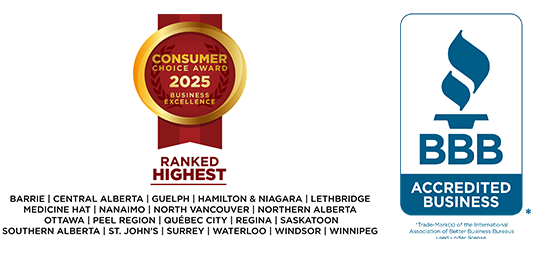Voluntary deposit is a judicial process used in Québec to restructure a debt repayment. It is legislated in the Québec Code of Civil Procedure. Here’s how it works:
Process:
- The debtor must go to the courthouse and meet with the court clerk who will prepare a list of debts as well as an income statement.
- The clerk will calculate the required payment.
- The clerk will also notify the creditors, receive payments and make distribution to the creditors.
- The payment must be made per a strict payment schedule. Any default of more than 30 days will terminate the voluntary deposit.
Protection:
- Voluntary deposit will offer protection against new wage garnishment and asset seizure.
- If a garnishment is already active, it will not be stopped, the garnishment amount will simply be deducted from the required payment.
End of voluntary deposit: The program will end in one of these circumstances:
- The debtor explicitly request the end of the voluntary deposit (must sign the required form).
- The debtor defaults on the arrangement by more than 30 days.
- The debtor has paid all the debts listed.
Voluntary deposit must now be weighed against other solutions to debt. Maybe a bankruptcy or a Proposal can be a better option.
Here are a few options (for a person that has never been bankrupt and that completes the chosen process as it should):
| Solution: |
Maximum time |
Creditors can sue or seize or garnish? |
Interest rate |
Payment calculation |
Negative effect on credit |
| Pay your debt |
No limit, it has to be paid in full |
Yes |
As per contract with the creditor |
As per contract with the creditor |
No, if paid properly |
| Voluntary deposit |
No limit, it has to be paid in full |
No* |
5% |
As per a formula in the law |
Yes, for three years after it is finished |
| Consumer proposal |
60 months |
No* |
n/a |
As per the budget (analysis with the LIT) |
Yes, for three years after it is finished |
| Bankruptcy |
Normally 9 or 21 months |
No* |
n/a |
As per a formula in the law |
Yes, for 6 years after it is finished |
* In all cases, debt for child support or alimony can always lead to garnishment.
The chart above shows that it is important to take the time to analyse different options. A bankruptcy may be shorter, but will have different consequences than a proposal or a voluntary deposit.
With all this information, it may be best to seek professional advice from a Licenced Insolvency Trustee in order to proceed with a complete analysis and to get a clear recommendation based on the details of your needs and personal situation.


